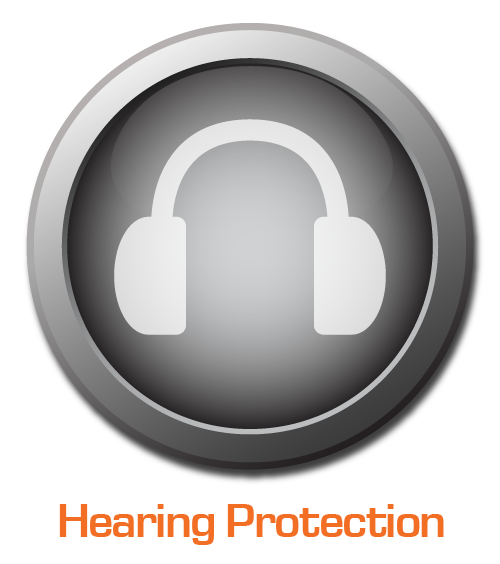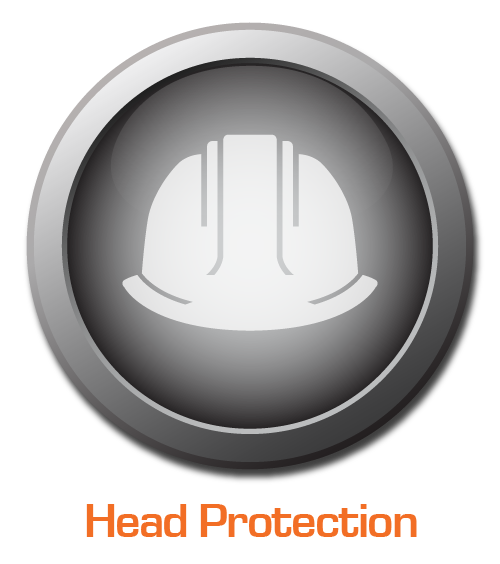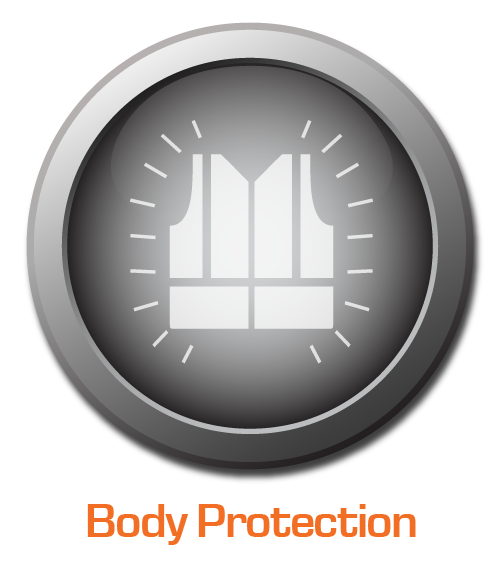Respiratory Protection Standard AS/NZS 1716:2003
 |
 |
 |
 |
 |
| AS/NZS | AS/NZS | AS/NZS | AS/NZS | AS/NZS |
Our Two Standards for Respiratory Protection
AS/NZS 1716: Is the performance standard for Respiratory protective devices (RPDs). Worksafe regulators expect respirators used in workplaces to meet the requirements of this standard.
AS/NZS 1715: Covers the selection, use and maintenance of RPDs. Provides users with the information they need to use appropriate RPDs. Gives guidance on selection factors, types of respirators available their performance and their applications.
General Principles of Respiratory Protection
This is a general overview to provide a basic understanding of respiratory requirements. It can be broadly divided into two areas:
1. Particulate contaminants such as dust, fibre, mists, fumes or dirt.
2. Gaseous or vapour contaminants such as solvents and pesticides.
1. Particulate* Contaminates - Dust, Fibre, Mists, Fumes or Dirt
* Particulate is a discrete aerosol mass of solid or liquid matter usually dispersed in gas or liquid emissions (considered an atmospheric pollutant). Dust: Dusts are solid particles dispersed in the air. Mists: These are fine droplets of liquid dispersed in the air and may contain particles or dissolved substances. Mists are produced by condensation of a vapour or by atomisation of a liquid.
Metallic fumes: These are fine particles of metal produced by condensation of the vapour given off by a metal when it is subjected to high temperatures.
2. Gaseous or Vapour Contaminants
A gas is a substance that is in the gaseous state under normal conditions of temperature and pressure. A vapour is the gaseous form of a substance that is a solid or liquid under normal conditions of temperature and pressure. Examples are organic solvents, such as toluene, trichlorethylene and inorganic substances such as mercury. Spray painting exposes an operator to mists and vapours. There are three categories of gases and vapours for which different types of respiratory protection is required: Acid gases e.g. hydrogen chloride and sulphur dioxide. Alkaline gases e.g. ammonia and diethylamine. Organic vapours e.g. solvents, pesticides.
Filter Service Life
The service life of a filter depends on the conditions of use. The filter’s protective capacity is defined by:
The consumption of air by the user, the humidity of the air, the temperature and the contaminates in the air.
An accurate service life cannot be defined unless these factors are known. The end of the gas filter’s efficient life is usually indicated by the user detecting a gradual smell of gas.
Particulate filters do not expire, they become clogged and should be replaced when the life of the device has elapsed (as recommended by the supplier), when difficulty in breathing is experienced, when the wearer detects the taste or smell of the contaminant. To avoid this, it is advised to put in place a regular maintenance and cartridge replacement program.
When exposed to substances such as organophosphate pesticides which can be absorbed through the skin, operators must wear full protective clothing in addition to a respirator
Standards
For detailed information about respirators refer to the manufacturer’s instructions. It is not possible to set out precise requirements for every situation where there is a respiratory hazard because the factors which have to be considered vary from case to case. The user should be satisfied that the equipment selected is adequate for the conditions. If in doubt, you should seek technical advice from your equipment supplier or www.worksafe.govt.nz Lynn River Respiratory products hold Australian/New Zealand standards and or CE (European) standards. Codes of practice and other info can be obtained from www.worksafe.govt.nz and www.acc.co.nz (Accident Compensation Corporation).
